Elucidate the structure of glucose.
Text Solution
Structure of glucose : Glucose is an aldohexose. It is optically- active with . four asymmetric carbons. Its solution is dextrorotatory and hence it is also called as dextrose. The proposed structure of glucose is shown in the figure which was derived based on the following evidences.

(i) Elemental analysis and molecular weight determination show that the molecular formula of glucose is C6H12O6.
(ii) On reduction with concentrated HI and red phosphorus at 373K, ·glucose gives a mixture of n hexane and 2, iodohexane indicating that the six carbon atoms are bonded linearly.
"Glucose"overset(HI//P)underset(327K)rarrunderset("Mojor product")underset("n-hexane")(CH_(3))(--CH_2--)_(4)CH_(3)+CH_(2)(--CH_(2)--)_(3)underset("Minor product")underset("2-iodohexane")underset(|)(CH)-CH_(3)
(iii) Glucose reacts with hydroxylaminc lo form oxime and with HCN to form cyanohydrin. These reactions indicate the presence of carbonyl group in glucose.

(iv) Glucose gets oxidized to gluconic acid with mild oxidizing agents like bromine water suggesting that the carbonyl group is an aldehyde group and it occupies one end of the carbon chain. When oxidised using strong oxidising agent such as cone. nitric acid gives saccharic acid suggesting the other end is occupied by a primary alcohol

(v) Glucose is oxidised to gluconic acid with ammonical silver nitrate (Tollen.s reagent) and alkaline copper sulphate (Fehling.s solution). Tollen.s reagent is reduced to metallic silver and Fehlings solution to cuprous oxide which appears as red precipitate. These reactions further confirm the presence of an aldehyde group

(vi) Glucose forms penta acetate with acetic anhydride suggesting the presence of five alcohol groups.

(vii) Glucose is a stable compound and does not undergo dehydration easily. It indicates that not more than one hydroxyl group is bonded to a single carbon atom. Thus the five hydroxyl groups are attached to five different carbon atoms and the sixth carbon is an aldehyde group.
|
Updated on:21/07/2023
Topper's Solved these Questions
- BOOK - SURA PUBLICATIONCHAPTER - BIOMOLECULESEXERCISE - UNIT TEST9videos
BIOMOLECULES
- BOOK - SURA PUBLICATIONCHAPTER - BIOMOLECULESEXERCISE - ADDITIONAL QUESTIONS AND ANSWERS (SHORT ANSWER)24videos
BIOMOLECULES
- BOOK - SURA PUBLICATIONCHAPTER - CARBONYL COMPOUNDEXERCISE - UNIT TEST (LONG ANSWER)1videos
CARBONYL COMPOUND
Similar Questions
Knowledge Check
- Question 1 - Select One
The structure of D-(+)-glucose is :
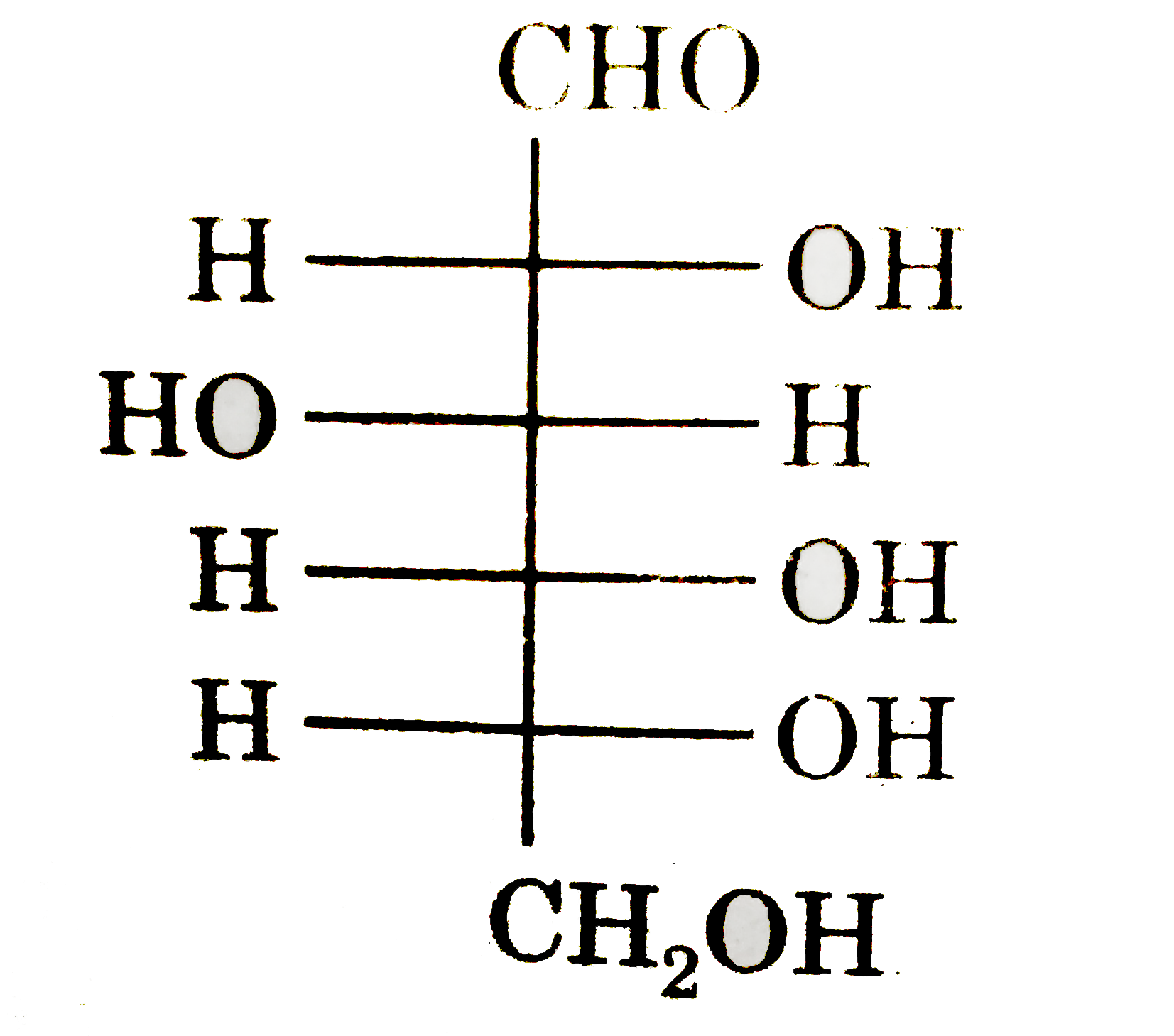 A
A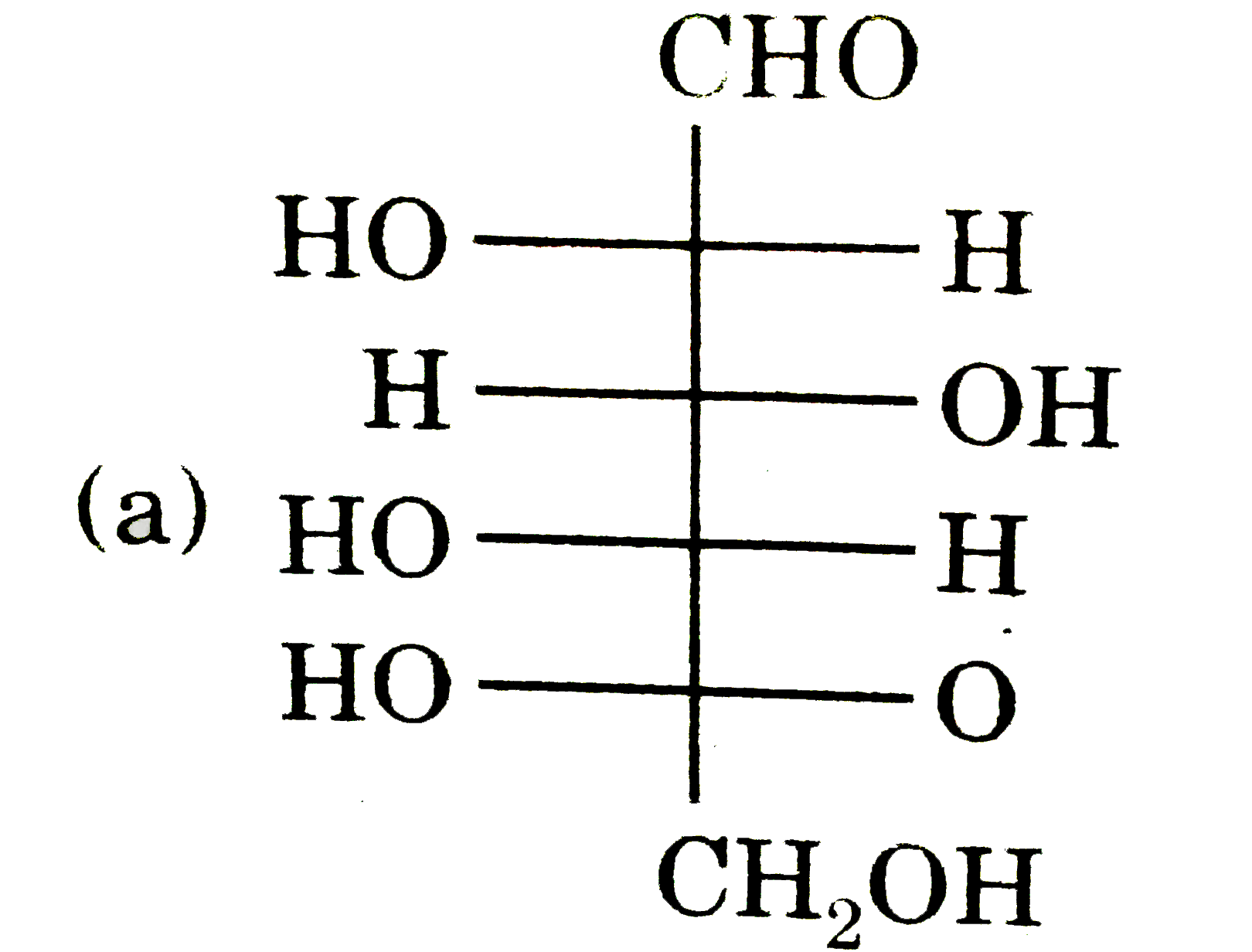 B
B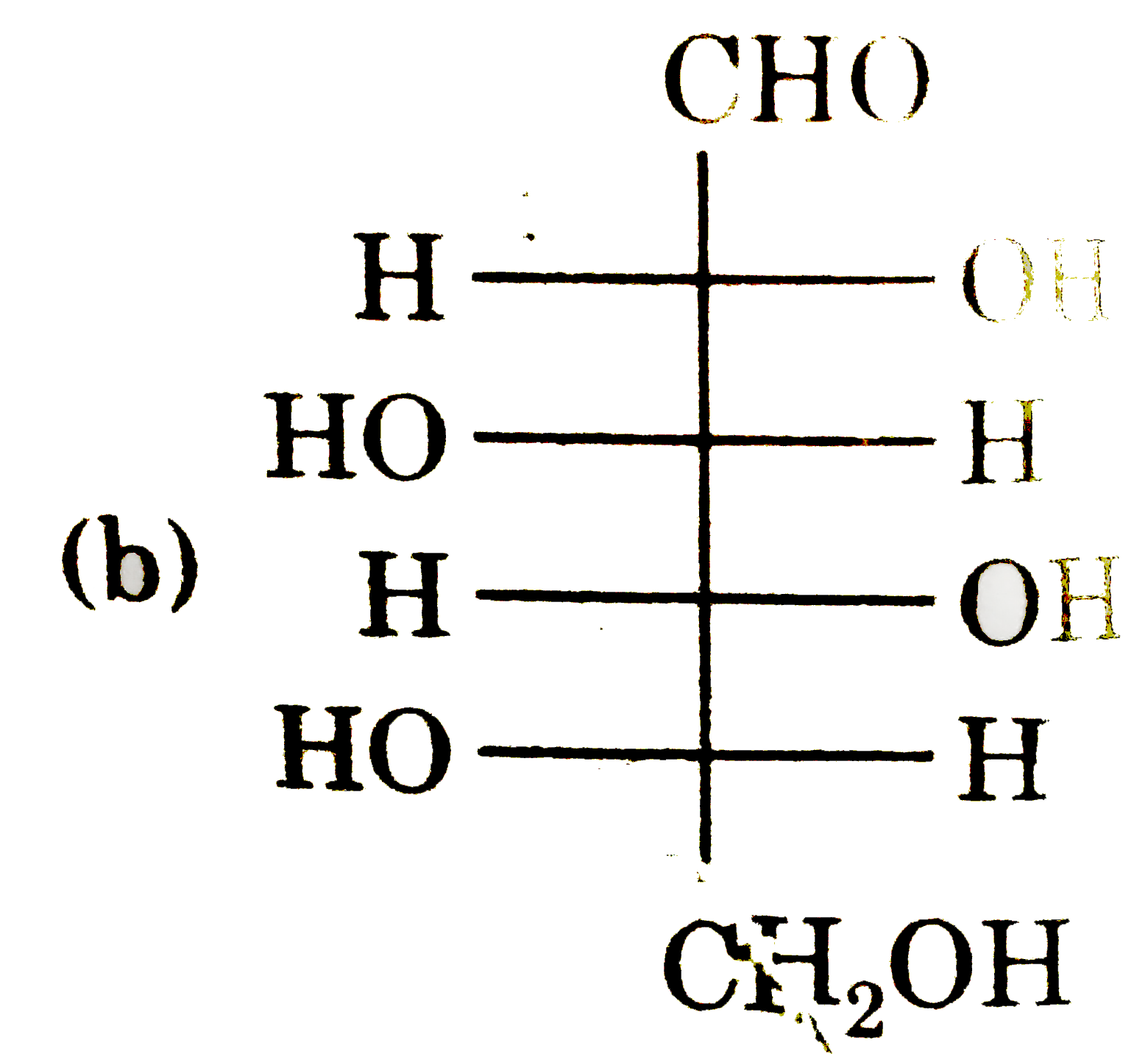 C
C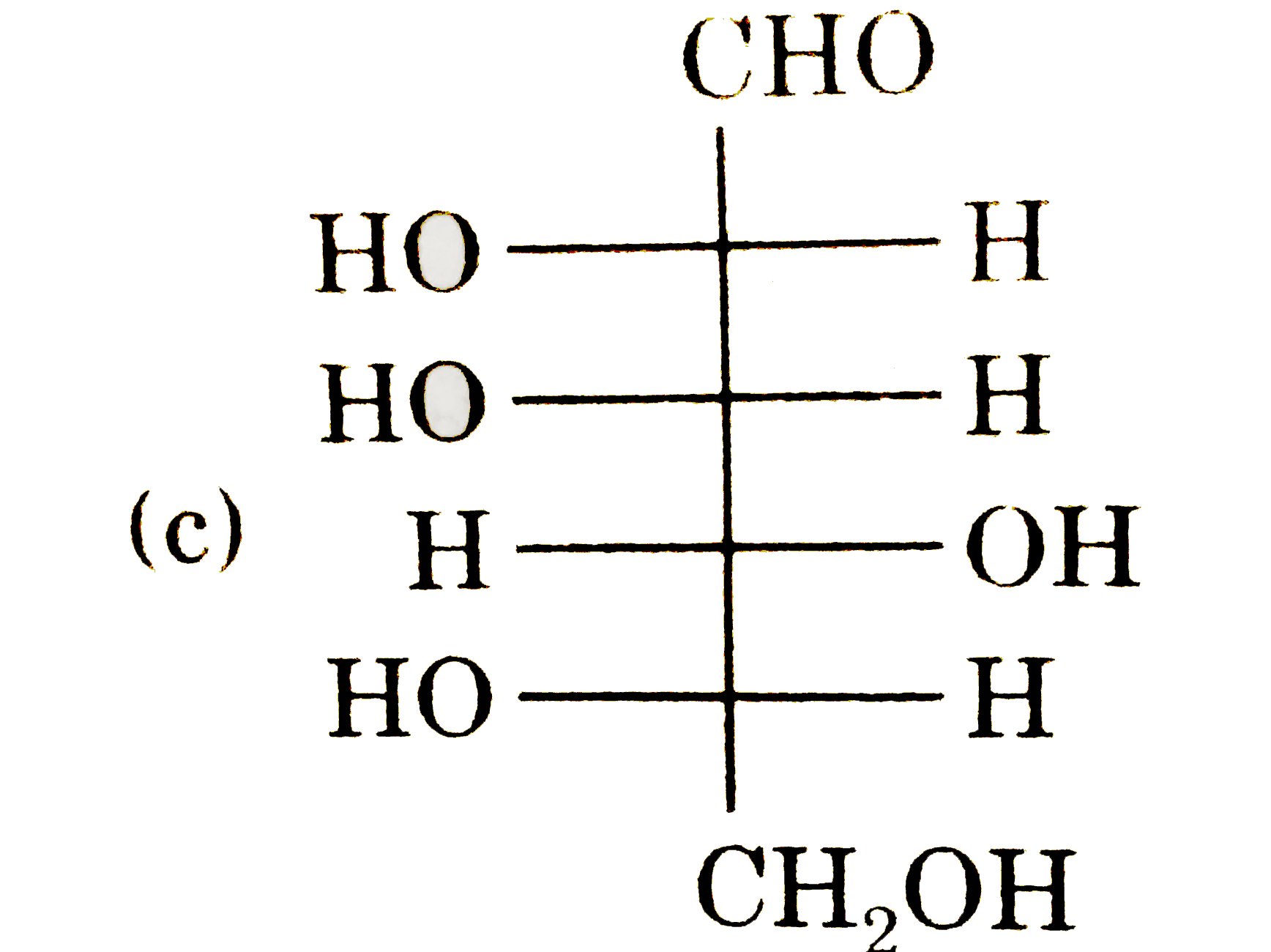 D
D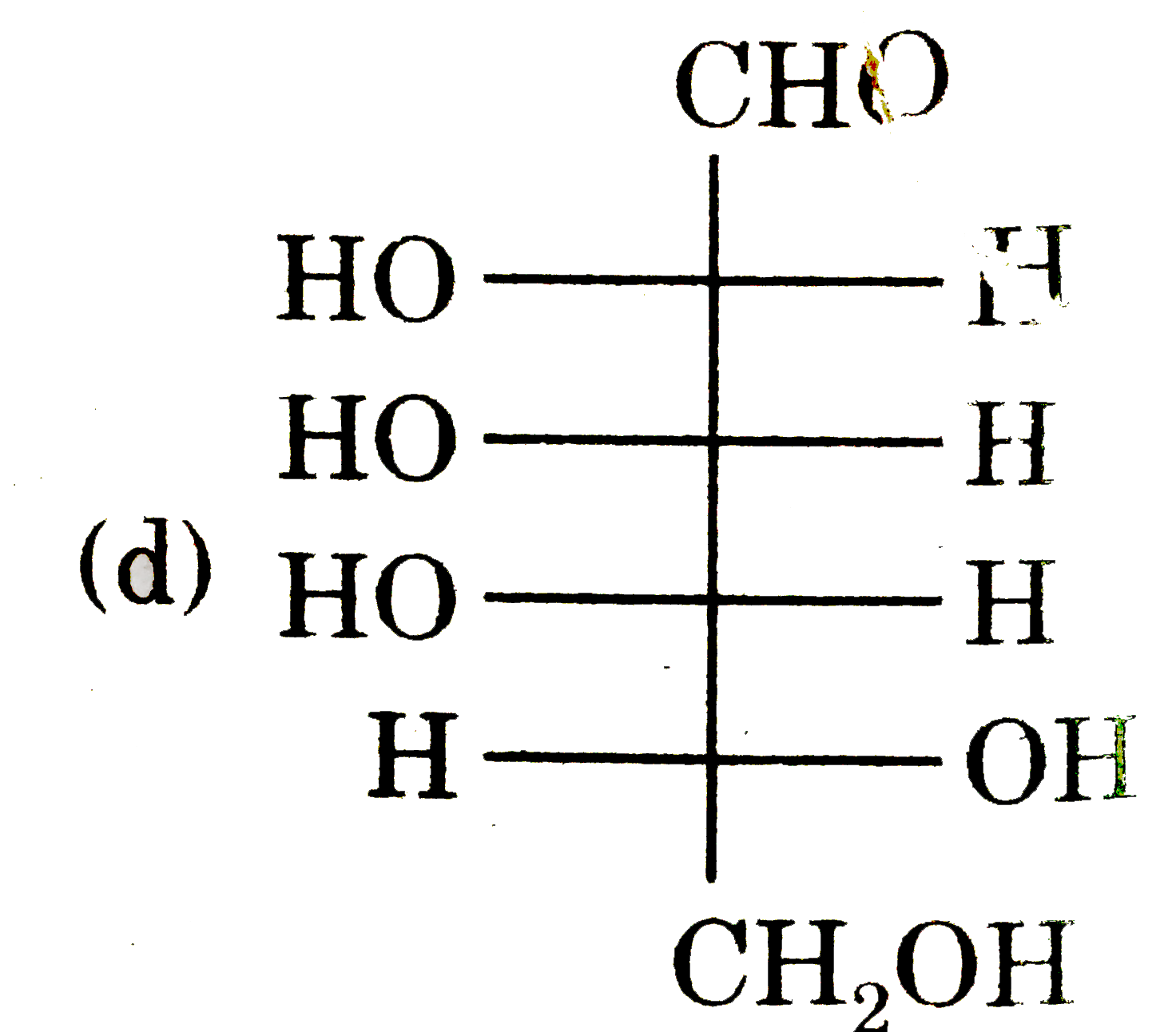
- Question 2 - Select One
The structure of D-(+) glucose is

The structure of L-(-) glucose is
 AStructure (i)BStructure (ii)CBoth (i) & (ii)DNeither (i) nor (ii)
AStructure (i)BStructure (ii)CBoth (i) & (ii)DNeither (i) nor (ii) - Question 3 - Select One
Given the structure of D-(+)- glucose as
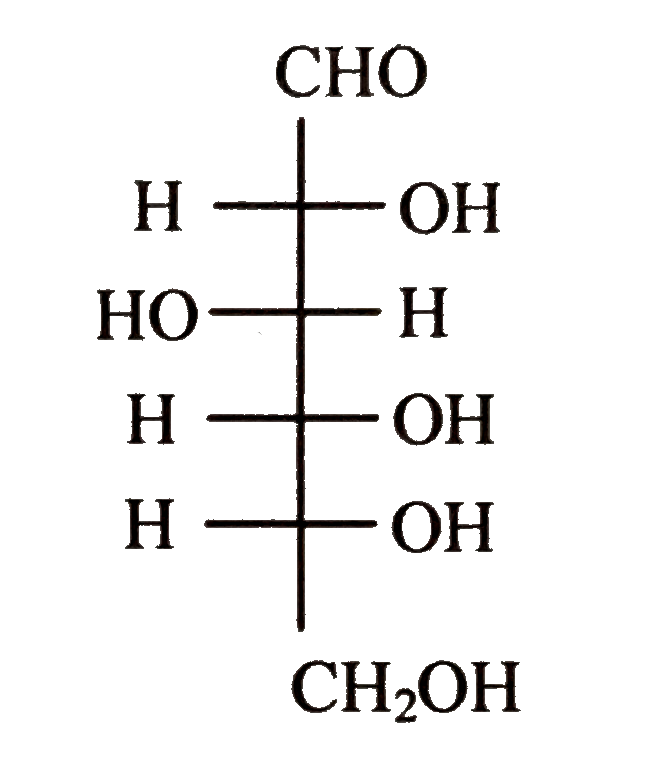
The structure of L-(-)-glucose isA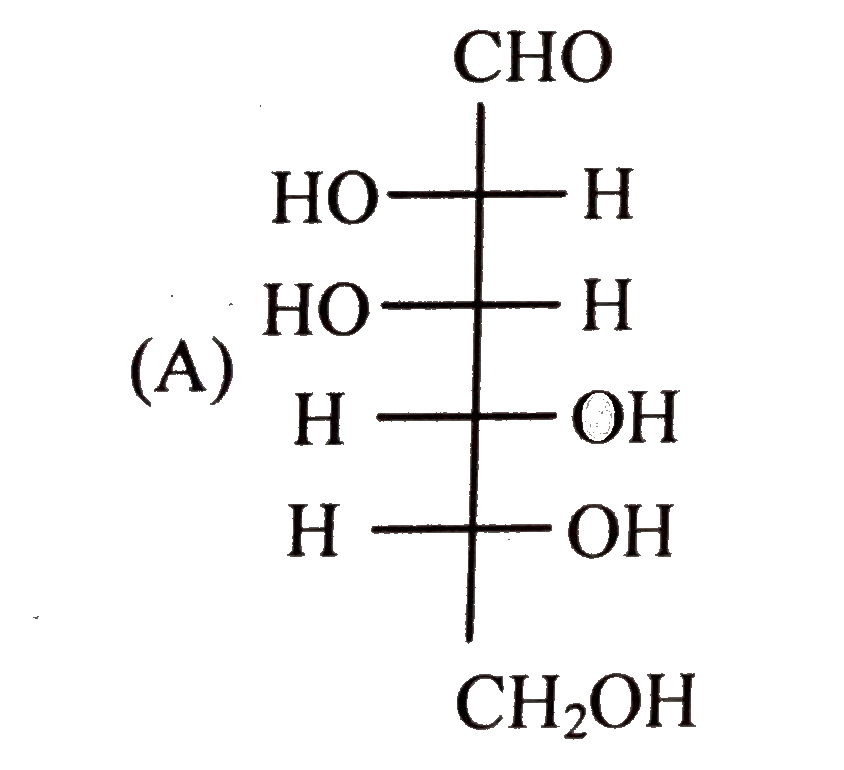 B
B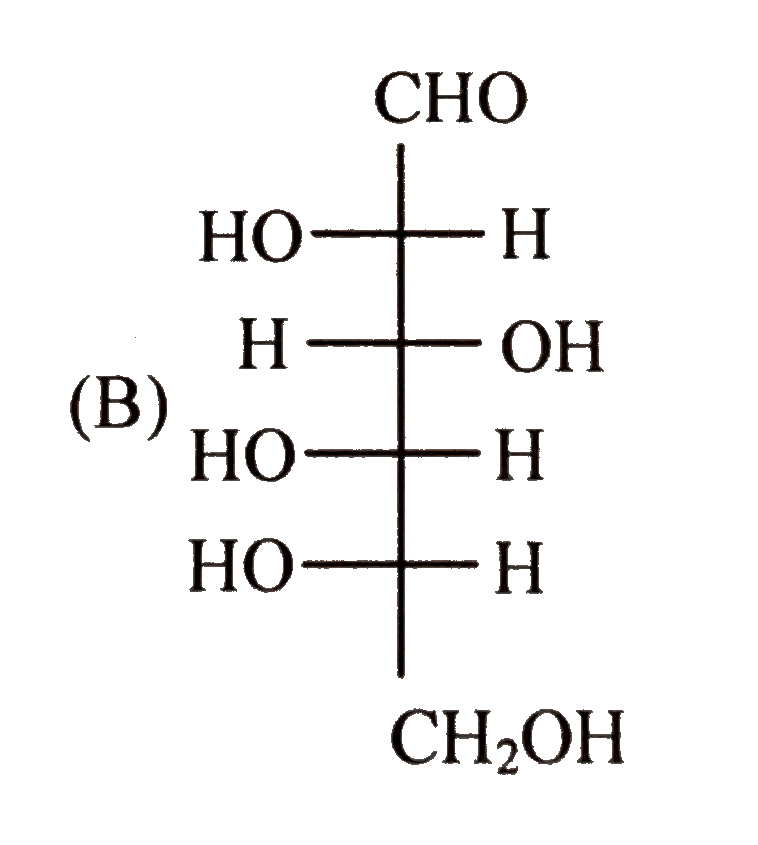 C
C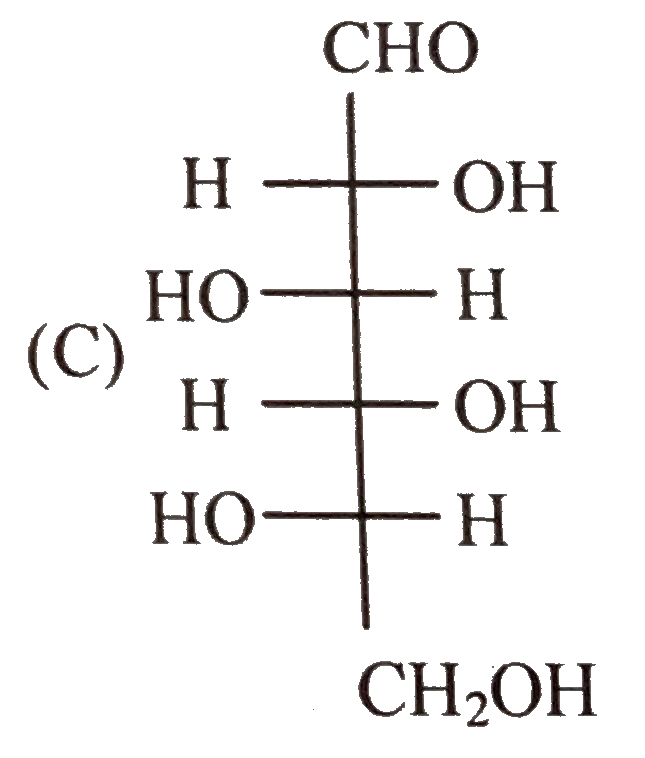 D
D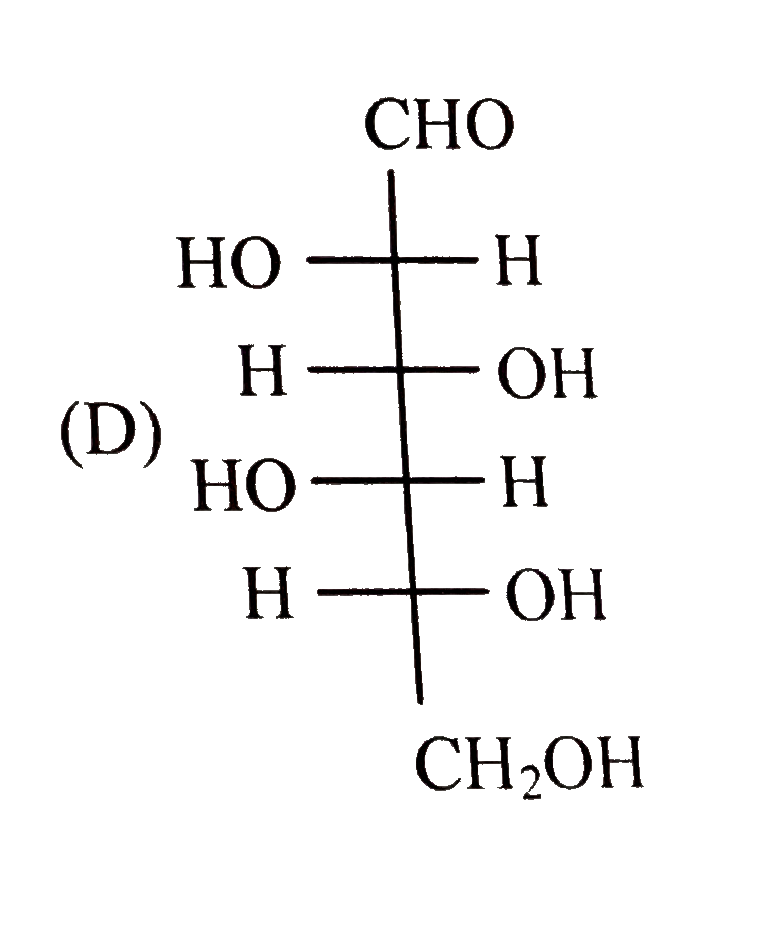
The structure of D−glucose is as follows:

(a) Draw the structure of L−glucose.
(b) Give the reaction of L−glucose with Tollens reagent.View SolutionWhat is the structure of L glucose?
View SolutionWhat is the structure of L-glucose ?
View SolutionWhat is the structure of L-glucose ?
View SolutionThe structure of D-(+) glucose is

the structure of L-(-) glucose isView Solution


